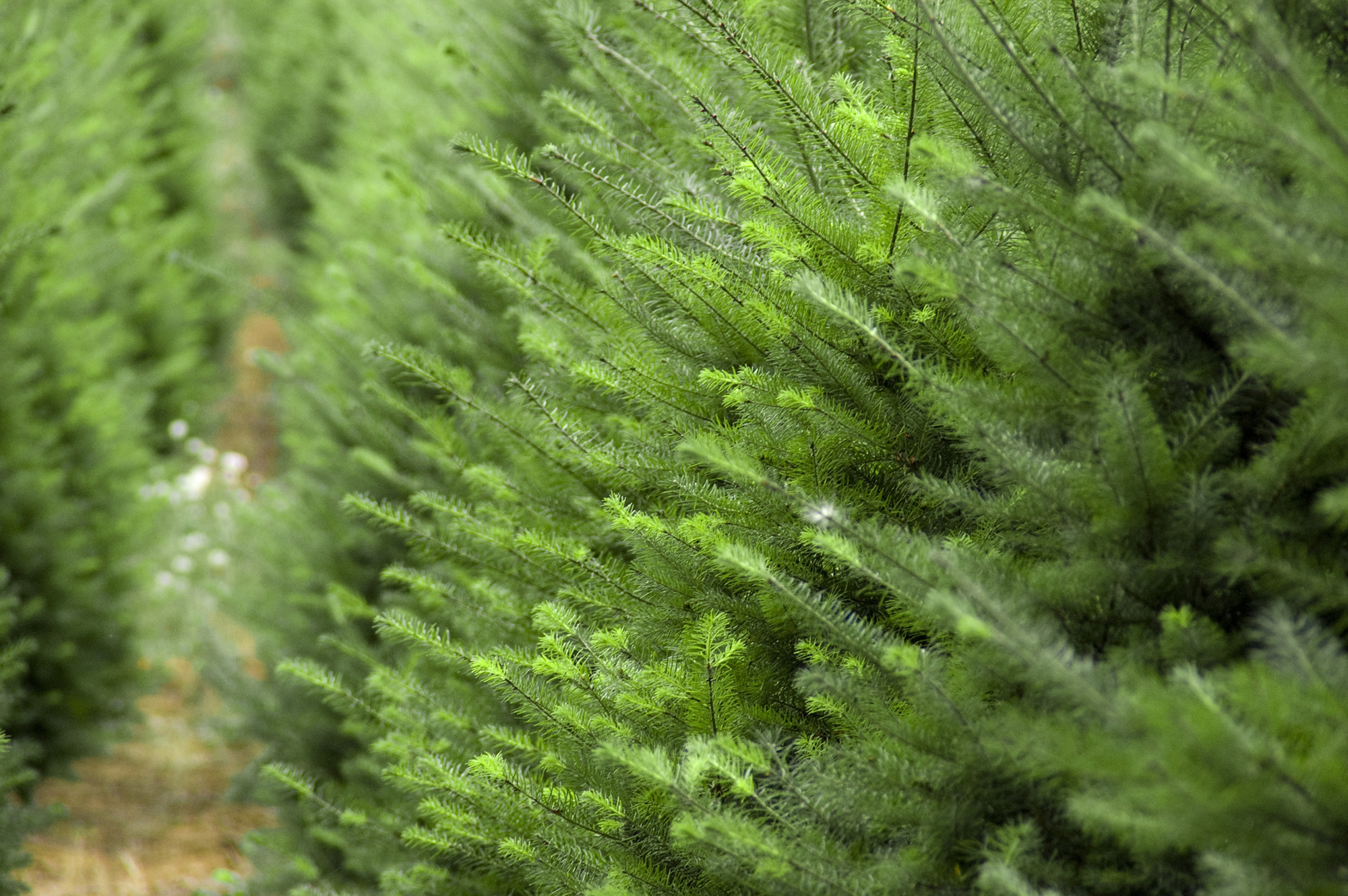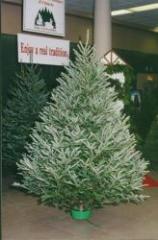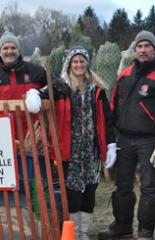
The Environmental Choice - Real Christmas Trees



 How to take good care of your Christmas Tree:More info..
How to take good care of your Christmas Tree:More info..
 Contact the CTFO office via convenient online email form, phone, fax, or mail...More info..
Contact the CTFO office via convenient online email form, phone, fax, or mail...More info..